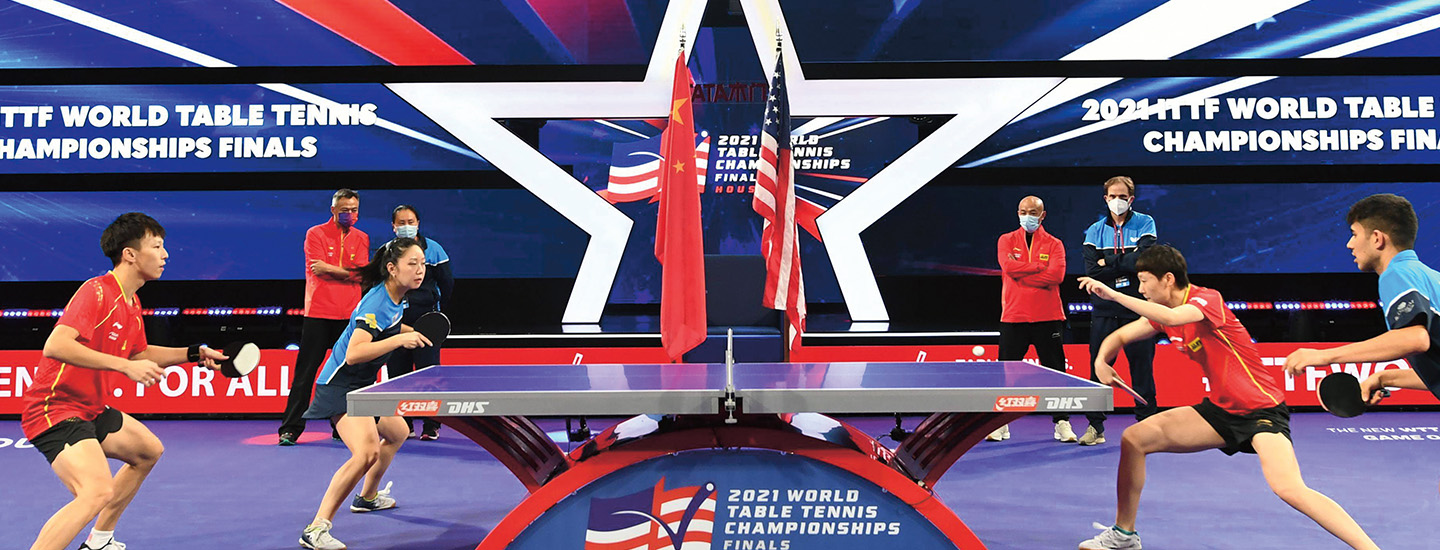Have you ever played Ping-Pong? The rules are simple. Players use paddles to hit a small plastic ball across a table and over a net. The ball must bounce once before their opponent hits it back. If it bounces twice, the first player scores a point.
People who have only played Ping-Pong casually might think of it as a slow-paced game. But the sport-officially called table tennis-is played by serious athletes. Top players can hit a Ping-Pong ball across the table as fast as 30 meters (98 feet) per second!
Table tennis is thought to be one of the most popular indoor sports in the world. It’s also one of the fastest growing sports. About 300 million people regularly play table tennis around the world. That includes about 20 million Americans.
Have you ever played Ping-Pong? The rules are simple. Players use paddles to hit a small plastic ball. It sails across a table and over a net. The ball must bounce once before it’s hit back.
You might think of Ping-Pong as a slow-paced game. But serious athletes play this sport. It’s officially called table tennis. Top players can hit a Ping-Pong ball across the table 30 meters (98 feet) per second!
Table tennis is thought to be the world’s most popular indoor sport. It’s also one of the fastest-growing sports. About 300 million people regularly play table tennis around the world. That includes about 20 million Americans.

